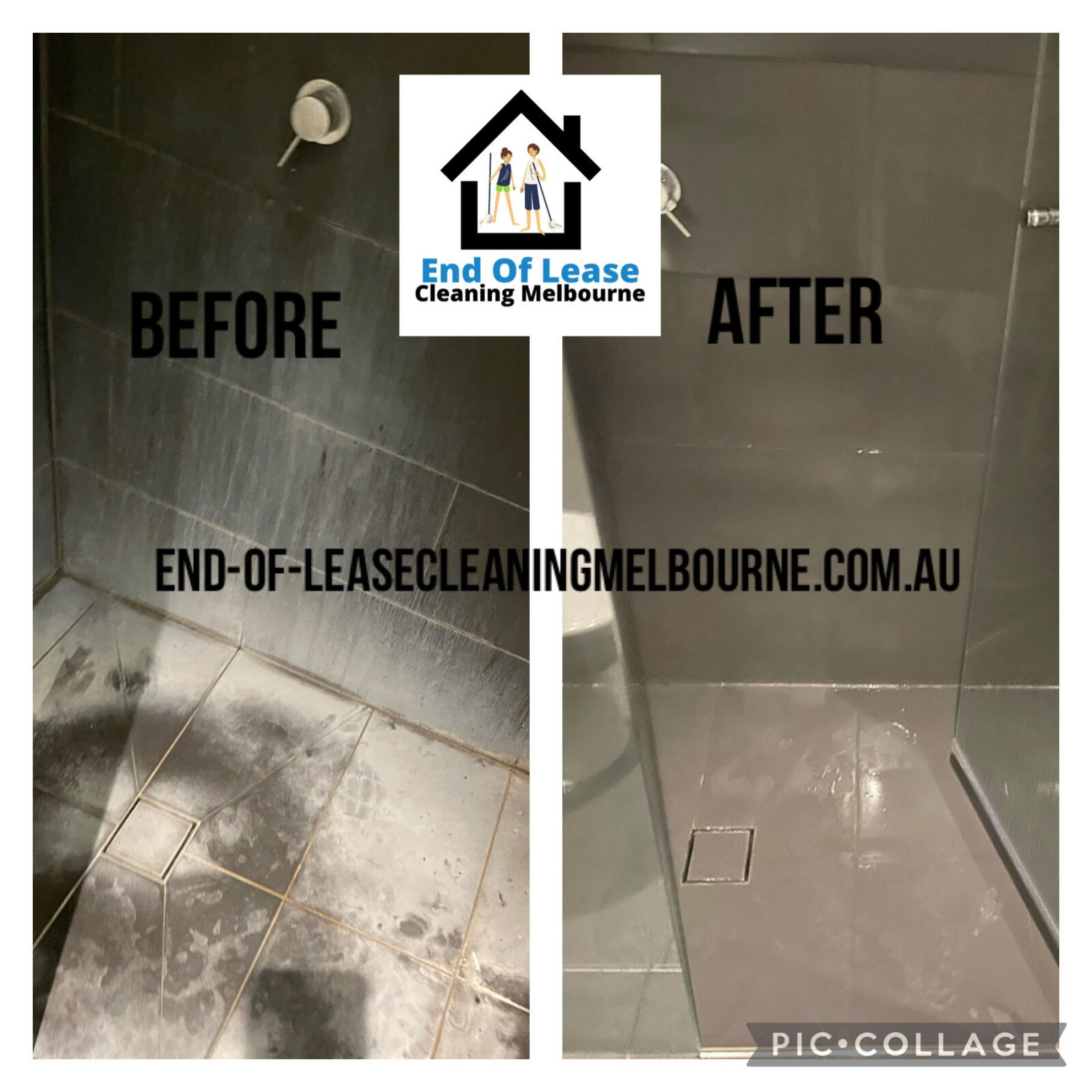When aiming to give your new house a fresh look, one effective enhancement is upgrading cabinet knobs; consider contacting “Knobs and Handles” for a range of upgraded and stylish options.
Table of Contents
Moving In
- Gather Supplies: Collect cleaning supplies such as all-purpose cleaner, disinfectant, glass cleaner, broom, mop, vacuum cleaner, microfiber cloths, scrub brushes, garbage bags, gloves, and a bucket.
- Declutter: Before cleaning, remove any unwanted items or debris left behind by the previous occupants.
- Dust and Wipe Surfaces: Dust all surfaces including countertops, shelves, windowsills, light fixtures, and ceiling fans. Wipe down surfaces using appropriate cleaning agents.
- Clean Kitchen and Appliances: Clean the kitchen thoroughly. Wipe down cabinets, countertops, and appliances. Inside the refrigerator, oven, and microwave should be cleaned as well.
- Clean Bathrooms: Scrub the toilets, sinks, bathtubs, and showers. Clean mirrors and glass surfaces. Replace or clean shower curtains if necessary.
- Sweep and Mop Floors: Sweep and mop all floors, paying special attention to corners and edges.
- Vacuum Carpets and Upholstery: Vacuum all carpets, rugs, and upholstery. Consider using a carpet cleaner for a deeper clean if needed.
- Wash Windows: Clean windows and glass doors both inside and out. Don’t forget to clean window tracks and sills.
- Replace Filters: If applicable, replace air filters in HVAC systems.
- Disinfect High-Touch Areas: Disinfect frequently touched surfaces such as light switches, doorknobs, and handrails.
Moving Out
- Pack and Remove Belongings: Begin by packing and removing your belongings from the house. Dispose of any items you no longer need or want.
- Repair Damages: Make necessary repairs such as filling holes in walls, fixing broken fixtures, and addressing any damage that occurred during your stay.
- Dust and Clean: Follow similar steps as moving in, but with extra attention to cleaning. Leave the house in a clean and well-maintained condition.
- Check Lease Requirements: If you were renting, check your lease agreement for specific cleaning requirements to ensure you meet them.
After Renovation
- Safety First: Ensure that all renovation work is complete and the area is safe to clean. Remove any debris or hazards left behind.
- Dust and Vacuum: Renovation work generates a lot of dust. Start by thoroughly dusting all surfaces, then use a vacuum cleaner with a HEPA filter to remove fine dust from floors and surfaces.
- Wipe Down Surfaces: Clean walls, baseboards, countertops, and any other surfaces with appropriate cleaning agents. Use a damp cloth to catch remaining dust particles.
- Clean Fixtures and Appliances: Clean light fixtures, ceiling fans, and appliances that were not removed during renovation.
- Clean HVAC System: Change or clean HVAC filters to prevent dust from circulating in the air.
- Wash Windows: Clean windows and glass surfaces thoroughly, as they might have accumulated dust and debris.
- Floor Care: Depending on the type of flooring, mop, scrub, or vacuum to clean any remaining dust and dirt.
- Inspect for Residue: Check for any paint splatters, adhesive residue, or other renovation-related marks. Use appropriate methods to remove them without damaging surfaces.
- Ventilation: Open windows and use fans to ensure good ventilation as you clean.
Professional end of lease cleaning Melbourne specializing in end of lease or builder’s cleaning can save you time and effort, ensuring that every nook and cranny is cleaned to perfection. This is especially beneficial when you want to leave a positive impression or start fresh in a newly renovated home.





